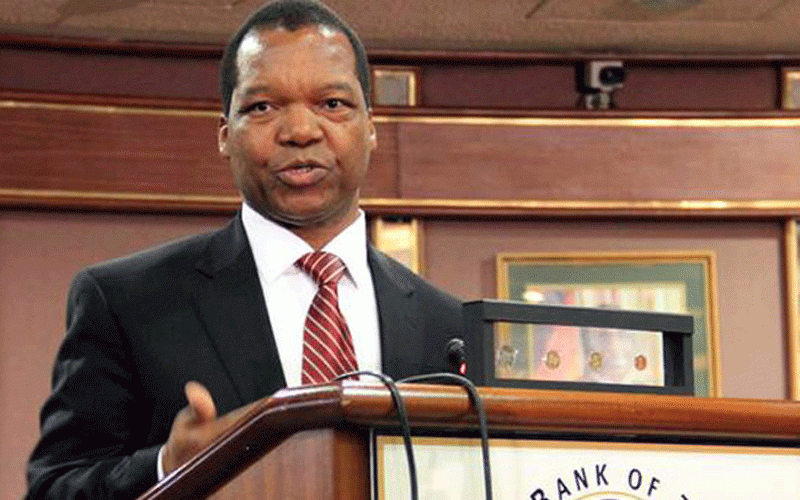
ZIMBABWE’S multi-billion-dollar sovereign wealth vehicle, the Mutapa Investment Fund (MIF), has identified the National Railways of Zimbabwe (NRZ) as a critical player in efforts to enhance the country’s economic efficiency.
With its extensive railway network connecting southern Africa to major ports in South Africa, Namibia, Mozambique, and East Africa, NRZ is strategically positioned to boost regional trade, according to MIF chief executive officer John Mangudya.
However, Zimbabwe’s high cost of doing business — among the steepest in southern Africa — has been partly attributed to challenges facing NRZ.
In an interview with the Zimbabwe Independent, Mangudya suggested that revitalising NRZ could transform the country into a regional transportation hub.
“If you look at the National Railways of Zimbabwe, it is an enabler,” Mangudya said.
“For us to be competitive, we need a reliable, competitive mode of transport, which moves bulk (cargo). And that is the NRZ.
“Zimbabwe is supposed to be the hub of the region. Our rail line moves into Botswana and into Mozambique to Beira and Maputo.
“It moves through Livingstone and Victoria Falls into Zambia. This is supposed to be the centre hub (passing through) Beitbridge, going to Durban, for example.
- NRZ demands stiffer penalties
- Sadc railways commemorate safety week
- Interview: ‘Locomotive tourism’ back in style
- Pair jailed 10 years each for stealing NRZ cables
Keep Reading
“It means we need to ensure that the company operates efficiently and it becomes competitive so that the prices of goods and services that you are either importing or exporting are of good prices. You need, therefore, a running railway system,” he added.
Mangudya, who served as the central bank governor until April before taking the helm at MIF, emphasised the importance of NRZ not only for Zimbabwe but for the entire region.
MIF announced in June that it was facilitating a US$430 million funding package from the African Export-Import Bank (Afreximbank) to overhaul NRZ’s infrastructure.
This funding comes as NRZ aims to increase its annual freight volumes by 17% to 2,7 million tonnes this year — still a long way from the 18 million tonnes the company moved during its peak in the 1990s.
Last week, Mangudya met Afreximbank executives in Harare over the NRZ deal.
“We met the visiting Afreximbank president, and his team and we discussed a number of areas that they are supporting us on, and that they intend to support us on,” he said.
“They have given a line of credit of US$10 million to AFC and they have also given a line of credit of US$10 million to POSB.
“These (companies) are all under Mutapa. We are working with them on the NRZ.
“As I said, we need to ensure that we rehabilitate the railway system in Zimbabwe. We are working on a number of programmes.
“We are looking at them providing funding to buy locomotives and wagons. We are doing it in a gradual approach, so that at the end of the day, we will be able to achieve what we want to achieve,” Mangudya said.
The MIF was launched this year following President Emmerson Mnangagwa’s revival of plans to create a sovereign wealth fund that would maximise the value of state assets.
The fund has a stake in 66 state-owned enterprises with an asset base estimated to be worth billions of US dollars.
Firms under MIF include the National Railways of Zimbabwe, Air Zimbabwe, Zimbabwe United Passenger Company, Cottco, Kuvimba Mining House, Silo Investments, National Oil Company of Zimbabwe, PetroTrade, POSB, TelOne, Arda Seeds, Zimbabwe Power Company, Powertel Communications, Allied Timbers, Telecel, Industrial Development Corporation Hwange Colliery Company Limited, power utility Zesa Holdings and Fidelity Gold Refinery.
“The MIF was formed to transform these state-owned enterprises so that they can go back to the glory years,” Mangudya pointed out. “Basically, by ensuring that we sweat their assets and we transform the way they are doing business.
“By doing so, we not only increase their value but also create wealth for the people of Zimbabwe. Our target is to have these companies contribute 30% to 40% to GDP within the next five years, a return to the levels seen in the 1990s and hopefully surpassing them.”







